Plumbing and sanitary: requirements for external and
Like any other serious structures, water supply and sewage must be built according to the rules. They are announced in the relevant SNiPs.
Comply with their requirements should not only construction and service companies, but also property owners, with their own hands equip engineering communications.

What documents need to be studied
The construction of water supply and sewage systems is governed by the following building codes:
- 3.05.01 / 85 "Internal plumbing networks";
- 2.04.01 / 85 "Domestic sewage and water pipes of buildings";
- 2.04.02 / 84 “Water supply: external constructions and networks”;
- 2.04.03 / 85 “Sewerage: external constructions and networks”;
- 3.05.04 / 85 “External systems and facilities of sewage and water supply”.
In addition, the provisions of some other vaults are taken into account.
External network sections
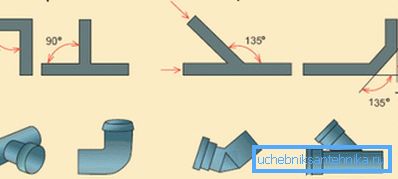
- Code of practice regulates the installation of all types of pipelines: metal, asbestos-cement, reinforced concrete, plastic and ceramic.
- SNiP for plumbing and sewage system with the number 3.04.03 / 85 contains rules that prevent corrosion of metal and reinforced concrete networks.
- Rules for the implementation of earthworks, the arrangement of the grounds for networks and structures determines the code 3.02.01 / 87.
- Compendium № 3.05.04 / 85 and contains items that relate directly to the elements of systems. For example, he describes the components for plumbing and sanitary.
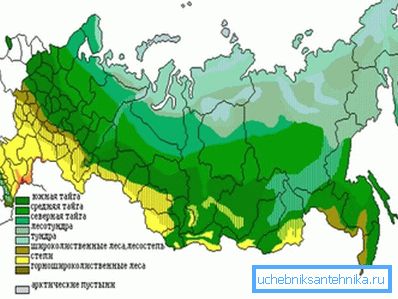
- In the Russian Federation there are several climatic and seismic zones. The rules of construction for them are different. They are announced in the 6th section of the compilation 3.05.04 / 85.
Note! It is very important to competently carry out the test of the installed system. No less significant are the rules for the operation of water supply and sewage networks. All this is written in the code 3.01.04 / 87.
External sewer requirements

- Sewerage of residential, industrial and public buildings should be designed on the basis of officially approved schemes of areas, adhering to the project of planning and development of the settlement.
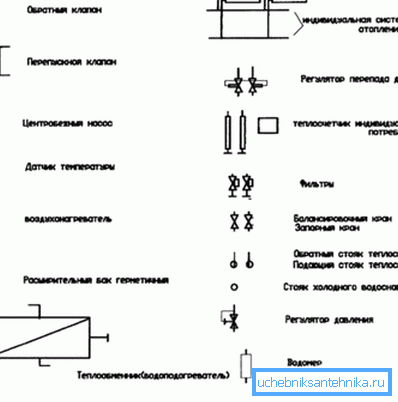
- Drawings should contain the symbols of the water supply and sewage systems and their elements, corresponding to State Committee No. 21.205 / 93.
- When designing, the feasibility of network co-operation should be considered.
- You also need to take into account the technical capabilities, economic components and existing structures. For example, the intersection of water and sewage systems is permissible only under certain conditions.
The above-mentioned document 2.04.03 / 85 contains such important points.
- The basic rules of calculation: the daily consumption of rainwater and wastewater, hydraulic resistance in pipes, the speed of their filling, etc.
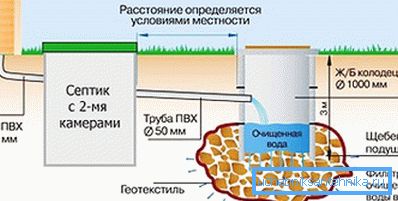
- Varieties and sewage schemes that take into account the purpose of the building and the number of users of the system.
- Requirements to the network components: differential and inspection wells, interface and depth of pipe laying, organization of discharge stations and storm water inlets.
- The SNiP also contains instructions for the design and layout of the blower and pumping stations.
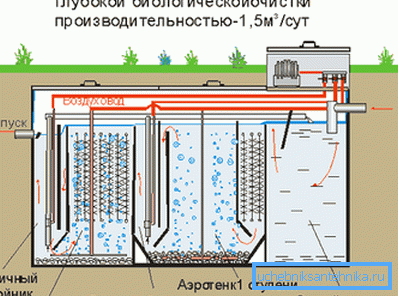
- Existing standards for biological and mechanical sewage treatment plants.
- Methods of disinfection drains.
- Requirements for tanks for the accumulation and storage of solid precipitation.
Internal networks
Domestic plumbing is pipes, equipment and appliances that deliver water to users. The internal part of the diversion communications includes a pipeline and equipment designed to divert sewage from the building.
Regulations for internal parts of systems
The main document regulating the design, installation and reconstruction of internal communications is SNiP No. 2.04.01 / 85.
In addition to it, the following sets are taken into account.
- Collection 2.01.09 / 85 is needed for the design of the internal water supply system.
- Summary 2.04.02 / 84 sounds the rules for the design and installation of pumping stations and water storage tanks used in the circulating type of water supply.
- Document 2.04.03 / 85 specifies the design and installation of networks and facilities. On the basis of the accompanying calculations, estimates are made for plumbing and sewage.

In the announced vault:
- regulated planning and installation of local facilities for wastewater treatment;
- organization and installation of inspection wells is standardized;
- describes the rules of conjugation of network branches;
- rules of hydraulic calculation of pipelines are voiced;
- the design and installation of cleaning grids, sand traps, settlers, oil traps is regulated.
Note that in the collection number 3.05.01 / 85 is determined the height of the installation of sanitary devices.
Note! Be sure to check out Appendix 5 of the code 3.01.04 / 8. It contains the rules of technical operation of water supply and sewage. For example, it announces the procedure for washing and disinfecting drinking water pipelines.
Provisions related to domestic sewage
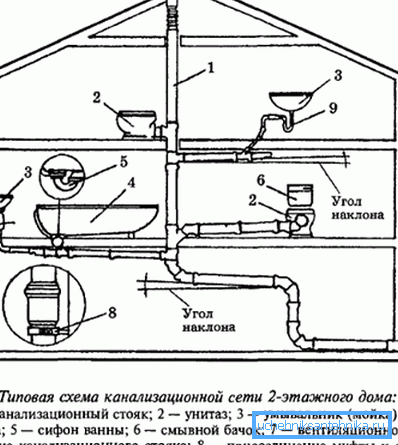
According to regulatory documents, such requirements apply to the interior of sewer systems.
- The network configuration and layout should take into account the purpose of the building. In this regard, the system is divided into the following types: domestic, industrial, adjacent and for internal drainage. In each of these varieties, the characteristics and composition of the effluent, temperature, media aggressiveness and other factors must be taken into account.
- If the wastewater does not meet the requirements of collection 2.04.03 / 85, the sewage system must be equipped with sewage treatment plants.
- Receivers of industrial waste should be equipped with hydraulic valves.
- Waste disposal should be carried out through closed-flow non-pressure pipelines.
- To maintain the water supply and sewage system conveniently, they should be equipped with locking devices.
- The internal parts of sewage systems can be laid in an open way in industrial workshops, basements, technical floors and special rooms.
- Installation of networks in a closed way is carried out under the floor, as well as with their incorporation in ceilings, vertical shafts, suspended ceilings, and special panels.
- The distance from the sewer to the water supply should be at least 40 cm.
Conclusion
Plumbing and lateral networks are important structures. The cost of an error will be high - from the incorrect operation of the system to its destruction. Therefore, it should be designed and installed strictly according to the requirements stated in the SNiPs.
Watch the video in this article. It will offer you additional information.